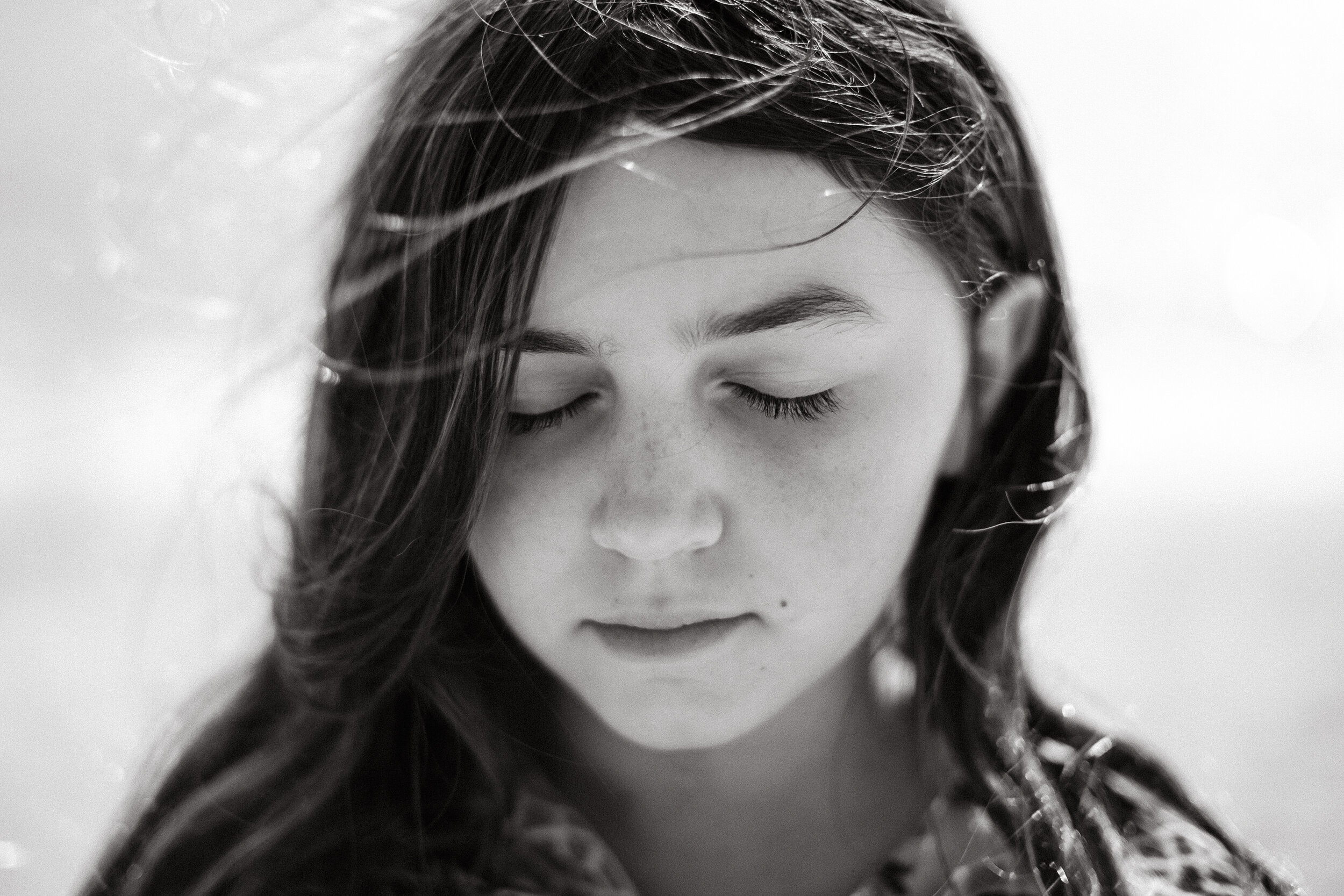NOSTALGIA
If there is a recurrent underlying theme in my photography it has to be about this intense human emotion.
It’s a pain and a joy at the same time. It’s a curse that haunts me and from which there is no chance to escape.
Over time, I have learned to embrace it, to use it as a positive place where I can go back. Sometimes voluntarily, other times dragged like when you fall in a hole and can’t help it but to end up bursting into tears with no clear reason behind it.
It’s become a necessity, an uncontrollable addiction at times, a trusted source to recharge my energy. A place to heal my soul and deal with the present again and again…
“To the ones who live intensely. To those hearts that won’t forget.”
{nɒˈstaldʒə}
Nostalgia is a sentimentality for the past, typically for a period or place with happy personal associations. The word nostalgia is learned formation of a Greek compound, consisting of νόστος (nóstos), meaning "homecoming", a Homeric word, and ἄλγος (álgos), meaning "pain" or "ache", and was coined by a 17th-century medical student to describe the anxieties displayed by Swiss mercenaries fighting away from home. Described as a medical condition—a form of melancholy—in the Early Modern period,[3] it became an important trope in Romanticism.
Nostalgia is associated with a yearning for the past, its personalities, possibilities, and events, especially the "good old days" or a "warm childhood".
The scientific literature on nostalgia usually refers to nostalgia regarding the personal life and has mainly studied the effects of nostalgia induced during the studies. Smell and touch are strong evokers of nostalgia due to the processing of these stimuli first passing through the amygdala, the emotional seat of the brain. These recollections of one's past are usually important events, people one cares about, and places where one has spent time. Music and weather can also be strong triggers of nostalgia.
















